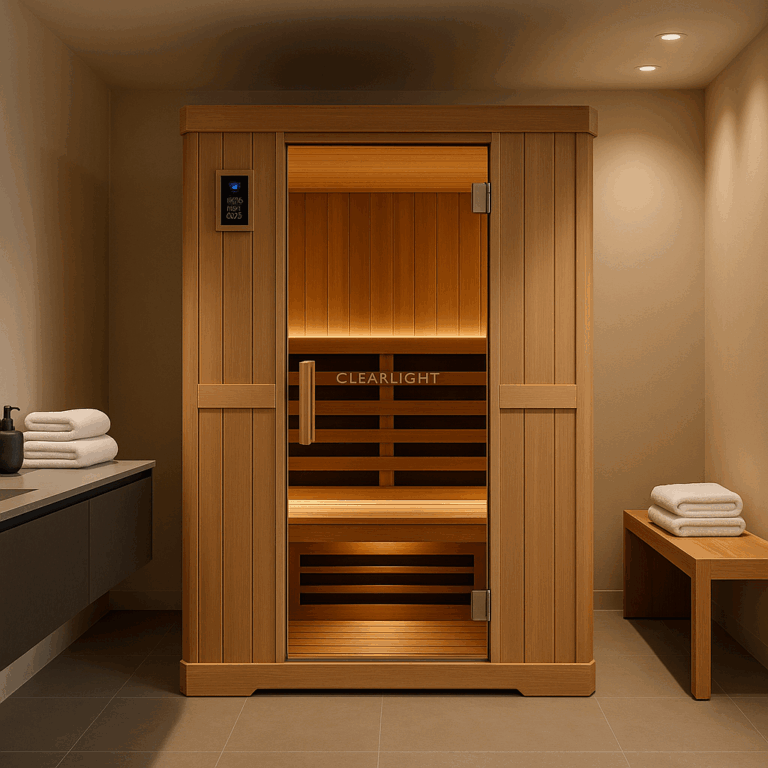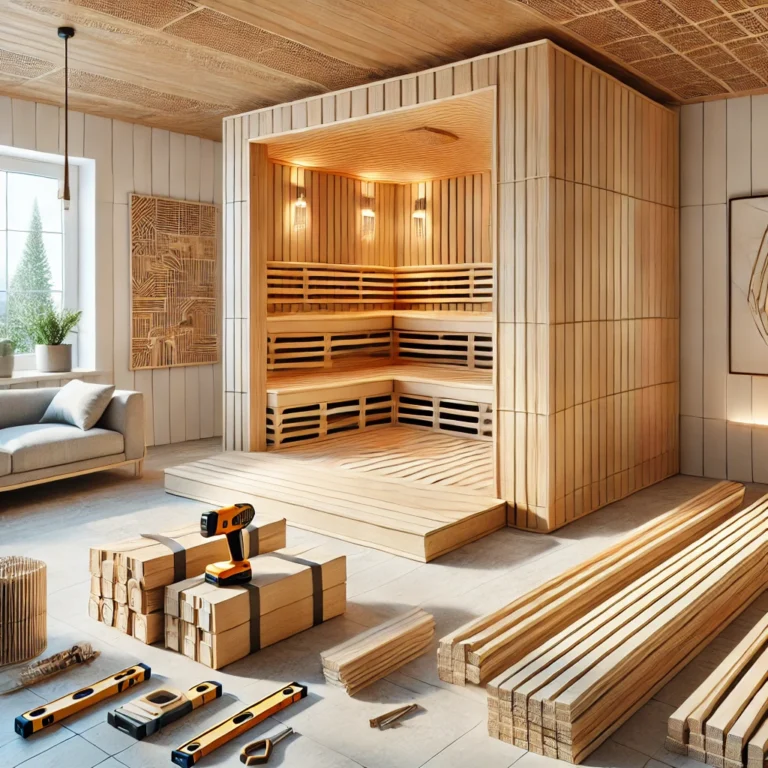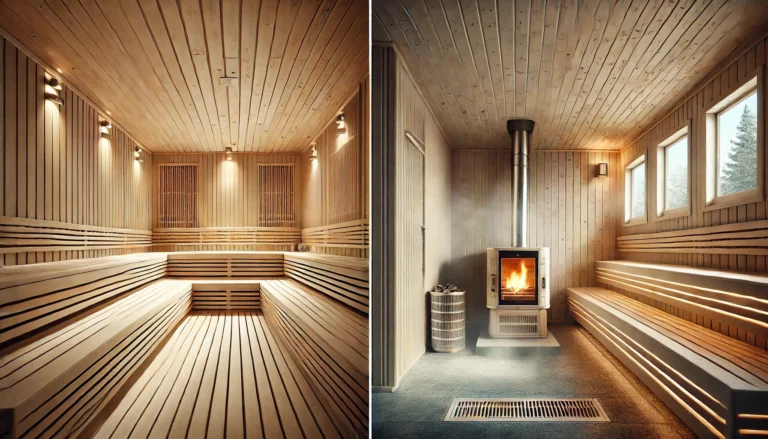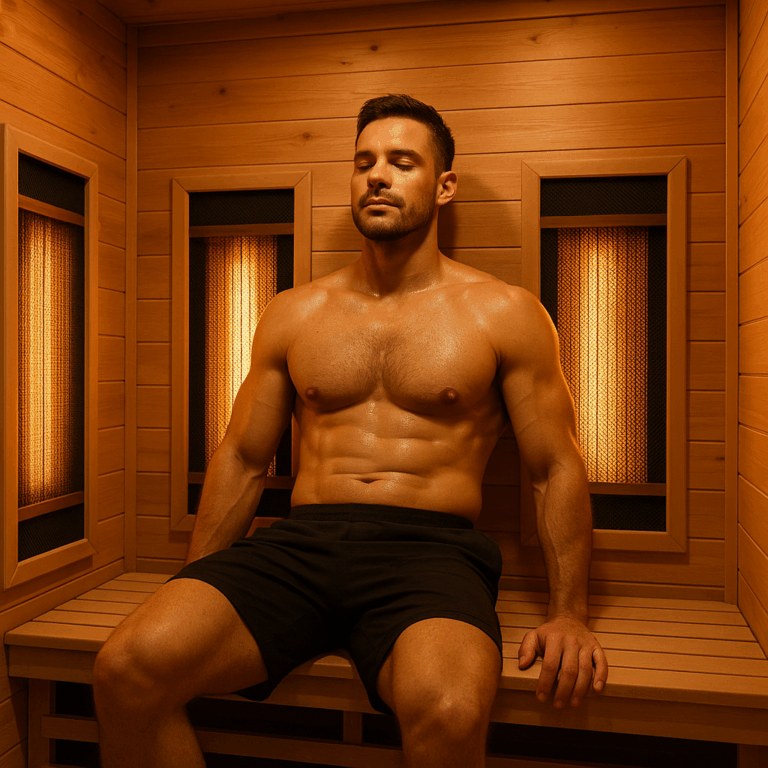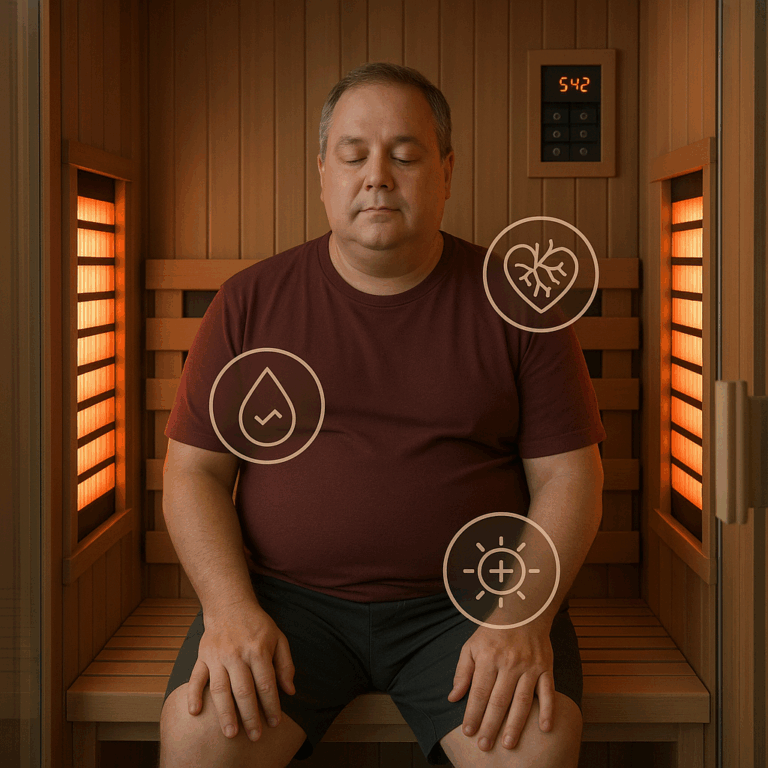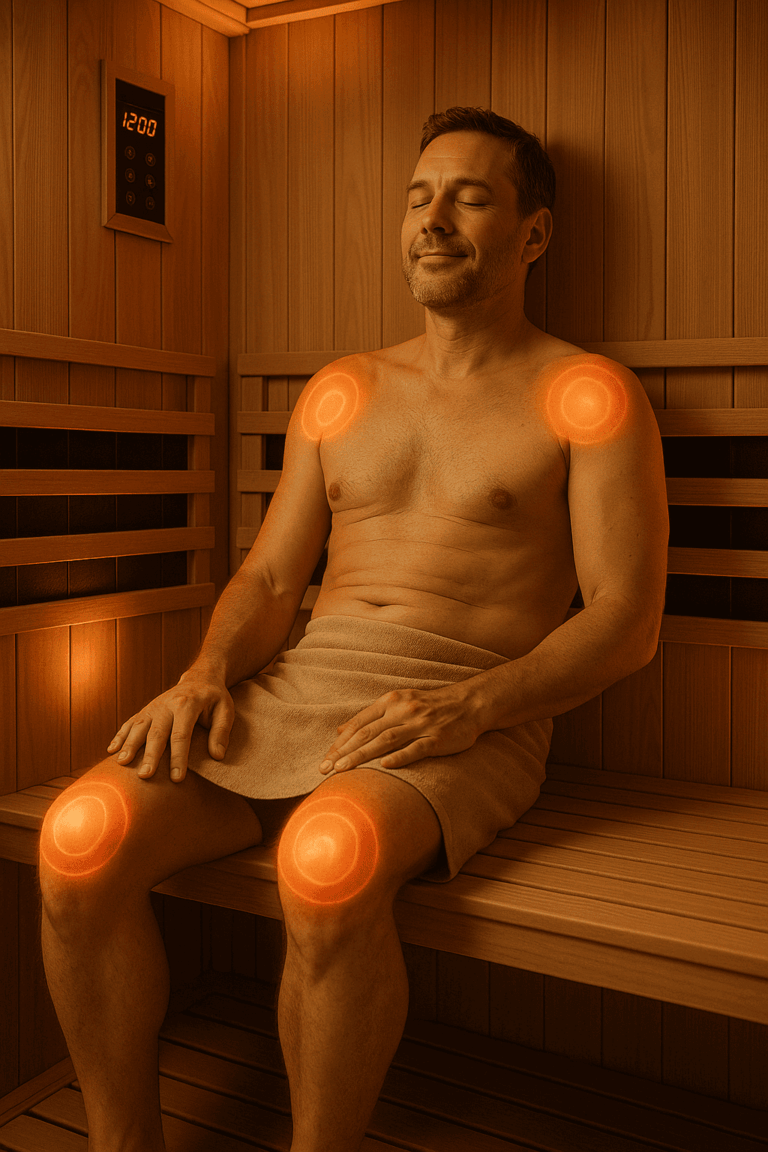
Saunas are globally recognized wellness tools, but their design, construction, and function can differ significantly based on where they’re made. Two major categories dominate the market: European saunas, rooted in centuries-old thermal traditions, and American-made models, shaped by accessibility, convenience, and emerging wellness trends.
This article provides an in-depth comparison of European and American saunas to help consumers, spa owners, and wellness practitioners make informed decisions about which type best supports their goals.
Construction Materials and Craftsmanship
European Saunas:
- Use slow-grown, high-density woods like Nordic Spruce, Thermo-Aspen, or Canadian Hemlock
- Feature hand-finished interiors, tight joinery, and heat-treated paneling for durability
- Emphasize long-term structural stability and natural aesthetics
- Wood is often FSC-certified and sourced sustainably
American-Made Saunas:
- Use a broader mix of materials including cedar, hemlock, basswood, and poplar
- Prioritize cost efficiency and modularity for faster shipping and assembly
- May include MDF or plywood in less visible areas to reduce production costs
- Increasing use of eco-friendly materials in premium models
Verdict:
European models typically emphasize artisanal quality and premium-grade wood, while American models aim to balance aesthetics and cost for a wider market.
Heating Technology and Performance
European Saunas:
- Strong tradition in traditional electric and wood-burning heaters
- Brands like Harvia, Tylö, and Sawo lead in high-output, reliable heating systems
- Multi-layer rock heating systems for consistent, penetrating heat
- Many models support higher operating temperatures (up to 200°F)
American Saunas:
- Primarily focus on infrared heating, especially for home wellness users
- Favor plug-and-play convenience, lower energy consumption, and mild heat (~120–140°F)
- Infrared systems often built in-house or licensed from third-party manufacturers
- Hybrid models (infrared + traditional) are more common in U.S. market
Verdict:
European models dominate traditional heat technology, while American saunas are leaders in infrared systems and hybrid convenience.
Safety Standards and Certifications
European Saunas:
- Must comply with CE certification for electrical and thermal safety
- Manufacturers often exceed EU fire resistance, off-gassing, and electrical design standards
- Use low-EMF heaters and test for VOC emissions, especially in infrared units
American-Made Saunas:
- Must comply with UL (Underwriters Laboratories) or ETL (Intertek) certification
- Many models are EPA TSCA Title VI compliant for formaldehyde off-gassing
- Some premium brands independently test EMF and VOC levels, but this is not universal
Verdict:
Both markets maintain high safety standards, but European regulation is often stricter regarding material emissions and thermal engineering tolerances.
Design Philosophy and User Experience
European Saunas:
- Focus on ritual, minimalism, and sensory immersion
- Often include features like:
- Built-in scent diffusers
- Chromotherapy lighting
- Steam functionality and plunge integration
- Saunas are often placed outdoors or near nature for authentic experiences
American Saunas:
- Prioritize indoor integration, ease of use, and multitasking
- Common features:
- Bluetooth audio
- LED control panels
- Touchscreen timers and mobile apps
- Emphasize wellness convenience rather than spa ritual
Verdict:
European models are experience-driven and culture-rooted, while American models are function-driven with a tech-forward mindset.
Customization and Modularity
European Brands:
- Offer fully bespoke builds for commercial and high-end residential clients
- Allow selection of wood types, heater size, and cabin dimensions
- Less focus on rapid mass production; longer lead times for delivery
American Brands:
- Use modular design for quicker shipping and self-assembly
- Offer popular sizes (1–4 person) with standardized components
- Easier for DIY home installations and budget-conscious buyers
Verdict:
American models offer convenience and speed, while European models prioritize deep customization and artisan integration.
Market Perception and Brand Reputation
European Saunas:
- Viewed as the gold standard for traditional sauna culture and authenticity
- Brands like Harvia (Finland), Klafs (Germany), and TylöHelo (Sweden) are internationally recognized
- High trust factor in commercial spa and retreat environments
American Saunas:
- Known for innovation in wellness tech, accessibility, and lifestyle integration
- Strong presence in e-commerce and fitness/wellness influencer markets
- Brand recognition tied to home health trends rather than cultural legacy
Verdict:
European brands carry heritage value and professional trust, while American models appeal to convenience-driven, wellness-focused consumers.
Which Sauna Type Is Right for You?
| Factor | European Sauna | American Sauna |
|---|---|---|
| Heat Type | Traditional (Electric/Wood) | Infrared (or hybrid) |
| Materials | Premium, natural woods | Mixed-grade, accessible woods |
| Installation | Custom, contractor-led | DIY-friendly, modular kits |
| Design Style | Minimalist, immersive | Functional, tech-enhanced |
| Ideal User | Purists, spa owners, retreat centers | Home users, wellness beginners |
| Price Range (2–4 person) | $4,000 – $12,000+ | $2,000 – $7,000 |
Conclusion: Two Worlds, One Purpose
Both European and American saunas aim to deliver the physiological and psychological benefits of heat therapy—but they do so through distinct design philosophies and manufacturing standards.
Choose a European sauna if you’re seeking authenticity, craftsmanship, and a full-sensory spa experience with traditional heat systems.
Opt for an American model if you value infrared technology, fast delivery, user convenience, and modular integration into a home wellness routine.
Ultimately, your lifestyle, wellness goals, and installation environment will determine which type offers the best long-term value.
